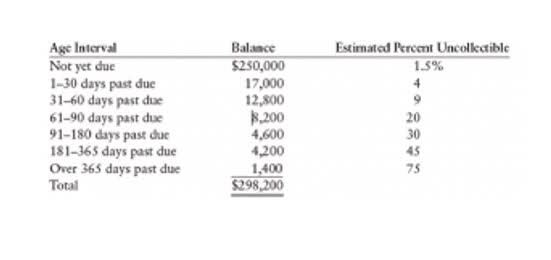
Overhead for a particular division, product, or process is commonly linked to a specific allocation base. Allocation bases are known amounts that are measured when completing a process, such as labor hours, materials used, machine hours, or energy use. The more consistency there is between the total overhead and the allocation base, the more accurate the estimate of predetermined overhead will be. A predetermined overhead rate is an estimated amount of overhead costs that will be incurred during a set period of time.

This rate is used to allocate or apply overhead costs to products or services. A predetermined overhead rate is defined as the ratio of manufacturing overhead costs to the total units of allocation. Enter the total manufacturing overhead cost https://www.bookstime.com/ and the estimated units of the allocation base for the period to determine the overhead rate. That is, a certain amount of manufacturing overhead is applied to job orders or products which is used to estimate future manufacturing costs.
How to predict overhead costs
Let’s say we want to calculate the overhead cost of a homemade candle eCommerce business. Taking a few minutes to calculate the overhead rate will help your business identify strengths and weaknesses and provide you with the information you need to predetermined overhead rate formula remain profitable. But before we dive deeper into calculating predetermined overhead, we need to understand the concept of overhead itself. After reviewing the product cost and consulting with the marketing department, the sales prices were set.
- Yes, different industries may have unique considerations when calculating predetermined overhead rates, reflecting the diverse nature of business operations.
- Hence, one of the major advantages of predetermined overhead rate formula is that it is useful in price setting.
- A business can calculate its actual costs periodically and then compare that to the predetermined overhead rate in order to monitor expenses throughout the year or see how on-target their original estimate was.
- These are indirect costs incurred by a business that are not directly tied to the production of a specific product or service.
- The formula for a predetermined overhead rate is expressed as a ratio of the estimated amount of manufacturing overhead to be incurred in a period to the estimated activity base for the period.
So, if you were to measure the total direct labor cost for the week, the denominator would be the total weekly cost of direct labor for production that week. Finally, you would divide the indirect costs by the allocation measure to achieve how much in overhead costs for every dollar spent on direct labor for the week. The predetermined overhead rate was found by dividing the estimated manufacturing overhead cost by the estimated total units in the allocation base, so the predetermined overhead cost per unit is $9.00. For example, the total direct labor hours estimated for the solo product is 350,000 direct labor hours. With $2.00 of overhead per direct hour, the Solo product is estimated to have $700,000 of overhead applied. When the $700,000 of overhead applied is divided by the estimated production of 140,000 units of the Solo product, the estimated overhead per product for the Solo product is $5.00 per unit.




